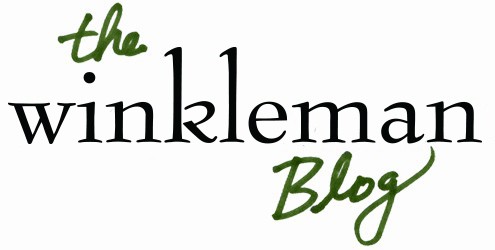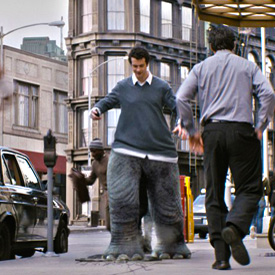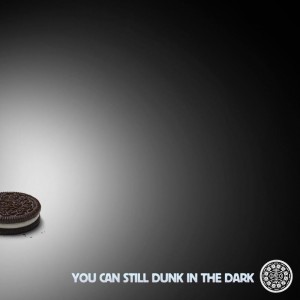This past weekend, we all watched spellbound as Americans everywhere tuned in to the biggest perennial advertising event on television. In between bits of football, we collectively turned the volume back up to watch as brands from the tiny to the institutional threw millions of dollars down – a record $4 million per spot – for a chance to show TV’s largest single audience just how funny, relevant, clever and lovable they are.
When the dust cleared and the blog roundups finished commenting, though, what was left?
For that much money, you’d expect your audience to take away a pretty significant message. Increasingly, though, it seems Super Bowl ads focus on gags, special effects and flair without really trying to communicate.
Although this year’s batch had the usual mix of funny, flat, fantastic and forgettable, there weren’t a lot of brands trying to tell us about themselves. Perhaps tellingly, one of my favorite ads this year was for the BlackBerry Z10 – a spot that focused on what it wasn’t saying.
In that light, AdWeek’s Six Questions video this week seemed especially relevant: they broke their usual format to ask, “Will the big Super Bowl spot ever die?”
I think the most on-point comment in AdWeek’s video comes from Nissan’s Erich Marx, who points to social media spaces as the proving grounds for an ad. He’s implying that the strongest showing a Super Bowl ad can enjoy is to engage viewers offscreen and to capture their conversation online.
Erich is right because the best marketing is a guided conversation. To wit, two of the most successful pieces of advertising from this year’s Super Bowl weren’t even on television.
One, for the home carbonation device-maker SodaStream, managed to steal the show without even paying for airtime. In fact, that’s sort of the point – “If you love the bubbles, set them free,” says the ad, cheekily acknowledging the Coke/Pepsi blockade on soda as well as soda advertising, both on Super Bowl Sunday and in general. Commenting on not being allowed into the TV conversation created another one online: SodaStream netted 4.3 million views on YouTube so far.
The other most successful piece of the year also plugged itself into the social conversation instead of buying attention-time on the air. Oreo and ad agency 360i managed to steal the show by capitalizing on the unexpected power outage in the third quarter with their socially shared “You can
still dunk in the dark” ad. The windfall? 16,000 retweets, 22,000 likes and 7,000 additional shares on Facebook – not to mention a well-shared Buzzfeed article and thousands of points on Reddit.
At about eight million dollars a minute, advertising should pack a pretty hefty punch. Certainly, there’s still an audience to be found glued to the set on game day, and plenty of people tune in just for the ads – but as with all marketing, the wisest path isn’t just to the viewer’s eyes and ears, it’s to their tongue (and social accounts) as well. Don’t just talk to your audience. Get them to talk.


